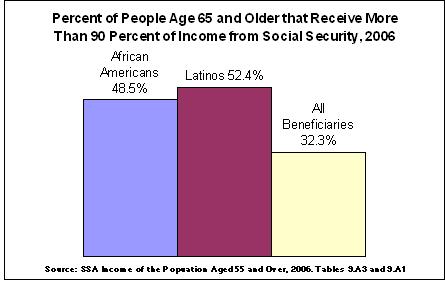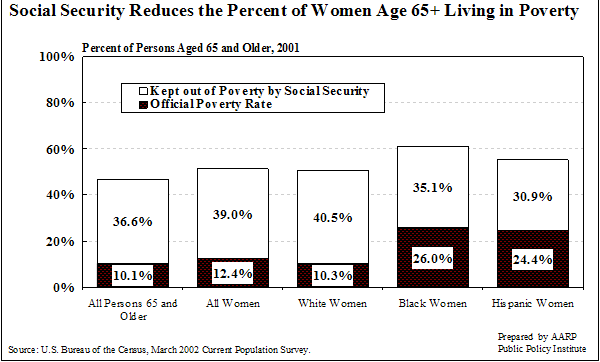This essay got not nearly enough attention. Do you agree with me? It practically says it all:
A Recipe for Fascism
By Chris Hedges
American politics, as the midterm elections demonstrated, have descended into the irrational. On one side stands a corrupt liberal class, bereft of ideas and unable to respond coherently to the collapse of the global economy, the dismantling of our manufacturing sector and the deadly assault on the ecosystem. On the other side stands a mass of increasingly bitter people whose alienation, desperation and rage fuel emotionally driven and incoherent political agendas. It is a recipe for fascism.
More than half of those identified in a poll by the Republican-leaning Rasmussen Reports as “mainstream Americans” now view the tea party favorably. The other half, still grounded in a reality-based world, is passive and apathetic. The liberal class wastes its energy imploring Barack Obama and the Democrats to promote sane measures including job creation programs, regulation as well as criminal proceedings against the financial industry, and an end to our permanent war economy. Those who view the tea party favorably want to tear the governmental edifice down, with the odd exception of the military and the security state, accelerating our plunge into a nation of masters and serfs. The corporate state, unchallenged, continues to turn everything, including human beings and the natural world, into commodities to exploit until exhaustion or collapse.
All sides of the political equation are lackeys for Wall Street. They sanction, through continued deregulation, massive corporate profits and the obscene compensation and bonuses for corporate managers. Most of that money-hundreds of billions of dollars-is funneled upward from the U.S. Treasury. The Sarah Palins and the Glenn Becks use hatred as a mobilizing passion to get the masses, fearful and angry, to call for their own enslavement as well as to deny uncomfortable truths, including global warming. Our dispossessed working class and beleaguered middle class are vulnerable to this manipulation because they can no longer bear the chaos and uncertainty that come with impoverishment, hopelessness and loss of control. They have retreated into a world of illusion, one peddled by right-wing demagogues, which offers a reassuring emotional consistency. This consistency appears to protect them from the turmoil in which they have been forced to live. The propaganda of a Palin or a Beck may insult common sense, but, for a growing number of Americans, common sense has lost its validity.
The liberal class, which remains rooted in a world of fact, rationalizes placating corporate power as the only practical response. It understands the systems of corporate power. It knows the limitations and parameters. And it works within them. The result, however, is the same. The entire spectrum of the political landscape collaborates in the strangulation of our disenfranchised working class, the eroding of state power, the criminal activity of the financial class and the paralysis of our political process.
Commerce cannot be the sole guide of human behavior. This utopian fantasy, embraced by the tea party as well as the liberal elite, defies 3,000 years of economic history. It is a chimera. This ideology has been used to justify the disempowerment of the working class, destroy our manufacturing capacity, and ruthlessly gut social programs that once protected and educated the working and middle class. It has obliterated the traditional liberal notion that societies should be configured around the common good. All social and cultural values are now sacrificed before the altar of the marketplace.



